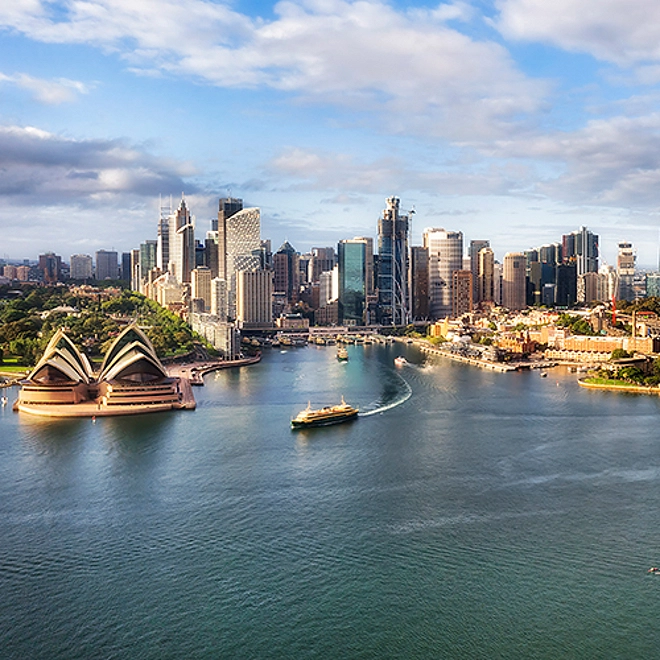COVID-19: What government support is available for businesses?
Resurgence Support Payment (RSP) doubles and becomes a fortnightly payment - 22 October 2021
The ongoing effects of the current COVID-19 outbreak have lead to the Government refreshing its approach to supporting businesses. On 22 October 2021, the Minister of Finance has announced that the Resurgence Support Payment (RSP) will be increased in amount and frequency while New Zealand continues to operate under its current alert level system. From 12 November 2021, the RSP will be paid fortnightly to qualifying businesses at the rate of $3,000 plus $800 per full time equivalent (FTE) employee, up to a maximum of 50 FTEs; meaning the maximum fortnightly payment will be $43,000.
The Wage Subsidy will continue to be available in its current form.
The Government is in the process of considering how businesses will be supported once New Zealand transitions to its new COVID-19 Protection Framework. Details on this are expected in November.
What is the Resurgence Support Payment (RSP)?
The RSP is available when New Zealand, or any region(s) within the country, is in COVID-19 Alert Level 2 (or higher) for seven days or more. The RSP was originally designed as a single payment, but had already been expanded to allow for multiple payments under the current outbreak for businesses which have had sustained revenue loss. A new RSP payment will potentially be available to businesses each fortnight from 12 November 2021.
This payment is available to businesses which have experienced a 30% or greater reduction in revenue as a consequence of the change in alert level (other criteria also need to be satisfied).
To determine whether this revenue loss criterion is met, businesses need to show an actual 30% reduction over a seven-day period following the change in COVID-19 Alert Level, as compared with a typical seven days of revenue in the six weeks immediately before the change in levels. Different revenue measurement periods apply for each tranche of the RSP.
The RSP is available to all businesses (including sole traders) that were operating at least one month before the Alert Level change on 17 August. Charities and not-for-profit organisations can also qualify.
Businesses must be able to satisfy Inland Revenue requirements that they are “viable and ongoing”. Full eligibility criteria can be found here.
The value of each RSP payment will depend on the size of the organisation, and the relevant tranche of the application. Prior to 12 November 2021, Individual businesses will receive a payment of $1,500, plus an additional $400 per FTE, up to a total of 50 FTEs. This means the maximum payment available will be $21,500 (noting there are specific rules for commonly owned groups, whereby the total payment may exceed this limit). There is also a ‘lesser of’ test, meaning that the amount of the payment is the lesser of the amount calculated using the previously mentioned formula and four times the actual revenue decline. From 12 November all new fortnightly tranches of the RSP will be paid at the rate of $3,000, plus an additional $800 per FTE, up to a total of 50 FTEs; meaning the maximum payment is $43,000.
It is worth noting that the RSP is subject to GST, therefore GST registered businesses will need to return 3/23rds of the payment to Inland Revenue. However, input tax credits can then be claimed when the RSP is spent.
The RSP is administered by Inland Revenue and applications are made through the myIR system.
Recipients of the RSP have their names listed on a public register. Applicants are required to maintain a full set of documentation supporting their eligibility to make a claim.
The table below summarises the features of the Resurgence Support Payment.
What other support is available?
Businesses are able to utilise the Leave Support Scheme when employees who cannot work from home are required to self-isolate due to potential exposure to COVID-19, or they are considered “higher risk” if they contract COVID-19 when there is active community transmission. The Leave Support Scheme provides a fortnightly payment of $1,200 or $718 respectively for a full-time or part-time employee who is isolating.
Since mid-February 2021 the Leave Support Scheme has also been supplemented by the Short-Term Absence Payment (STAP). This payment of $359 per eligible employee is available to support employees who are required to stay at home while they await the results of a COVID-19 test but are unable to work from home. The payment also applies to parents or caregivers who have dependents awaiting a test result, as well as self-employed workers.
Employers can apply for the STAP once in any thirty-day period per eligible worker (unless a health official or medical practitioner advises or requires the worker to re-test during that period). If the employee subsequently tests positive, they will be eligible for the Leave Support Scheme.
Businesses with 50 or fewer employees can be eligible to apply for a Small Business Cashflow Loan. This scheme, administered by Inland Revenue, allows certain businesses to apply for a loan of up to $100,000. The maximum value of the loan available is $10,000 plus $1,800 per full time equivalent employee. Loans are interest free for a period of up to two years (if fully repaid in that time).
If you have any questions in relation to the issues discussed above, please consult your usual Deloitte advisor.
The content of this article is accurate as at 22 October 2021, the time of publication. This article does not constitute professional advice. If you wish to understand the potential implications of current events for your business or organisation, please get in touch. Alternatively, our COVID-19 webpages provide information about our services and provide contacts for relevant experts who can help you navigate this quickly evolving situation.



